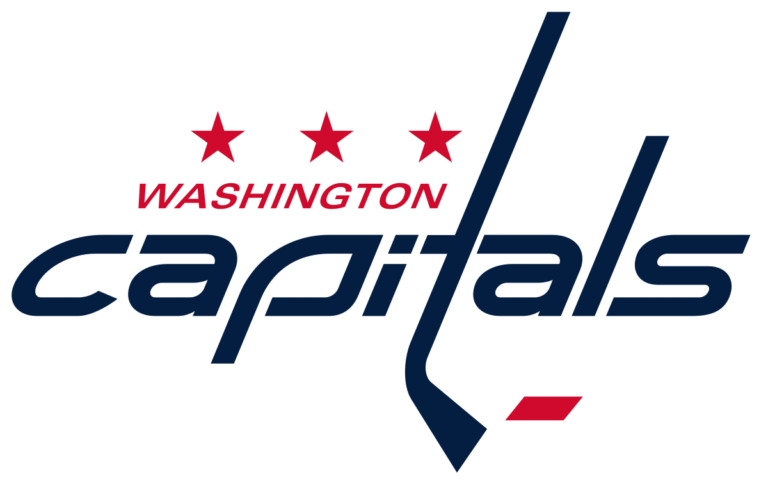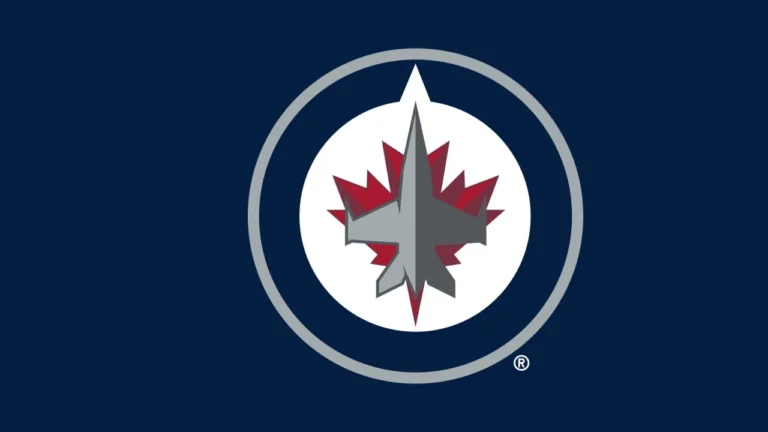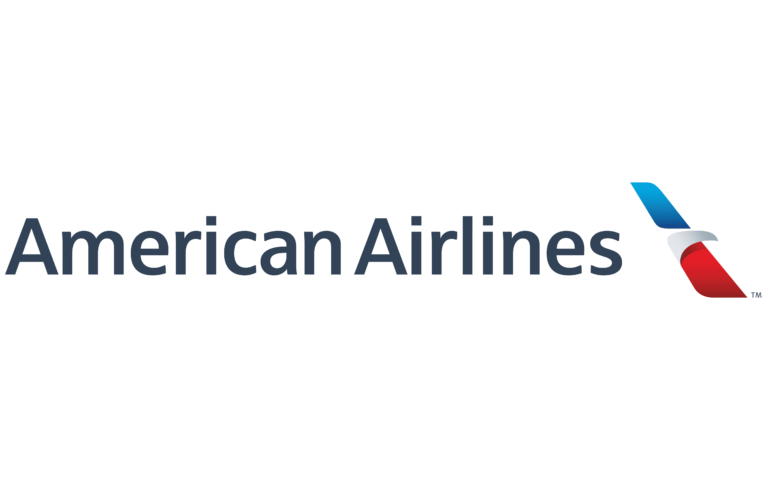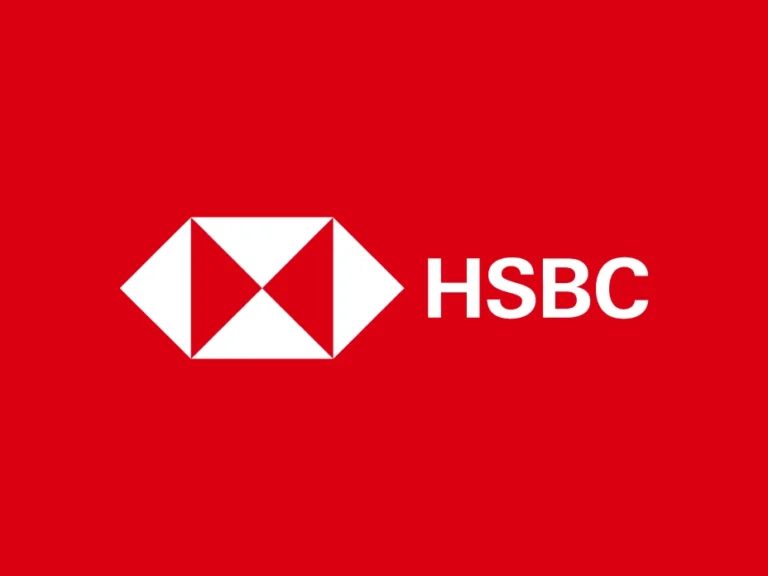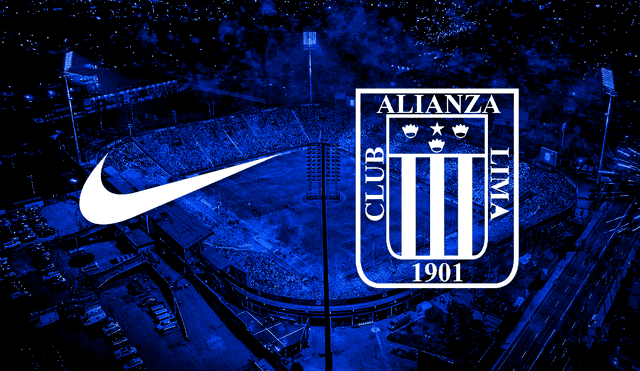
On March 17, 2025, Alianza Lima learned their fate in the Copa Libertadores group stage draw, landing in Group D alongside São Paulo of Brazil, Club Libertad of Paraguay, and Talleres de Córdoba of Argentina. The Peruvian club enters the tournament as the sole survivor from the preliminary phases among their nation’s representatives, having navigated a grueling path through the 2024 Liga 1 season and three knockout rounds to secure their spot. With a history that includes 29 previous appearances in the competition and semifinal runs in 1976 and 1978, Alianza Lima now faces the challenge of translating their qualification success into group stage progress. This article examines their journey to this point, the players driving their campaign, the impact of injuries, and how their opponents stack up as they prepare for their opener against Libertad on April 1, 2025.
The Road Through Liga 1: A Battle for Position
Alianza Lima’s qualification for the 2025 Copa Libertadores began in the 2024 Peruvian Liga 1, a season marked by competition among the country’s top clubs. The league operates in two phases—the Apertura and Clausura—followed by playoffs if no team wins both titles. Alianza, based in Lima’s La Victoria district, aimed to reclaim the crown they last won in 2022 under coach Carlos Bustos. The 2024 campaign, however, tested their depth and resolve.
In the Apertura, which ran from January to May 2024, Alianza Lima finished second with 33 points across 17 matches. They won 11, drew none, and lost 6, scoring 32 goals while conceding 16. Universitario de Deportes, their archrivals, took the title with 40 points, undefeated in 12 wins and 4 draws. Alianza’s tally included a 3-0 win over Deportivo Garcilaso and a 2-1 victory against Sport Boys, but losses to Universitario (1-0) and Sporting Cristal (2-1) kept them from the top spot. Hernán Barcos, the 40-year-old Argentine striker, led with 9 goals, supported by Kevin Serna’s 6, showing early signs of the offensive output that would carry them forward.
The Clausura, from July to November 2024, saw Alianza Lima shift gears under new coach Néstor Gorosito, appointed in June after Guillermo Salas’ departure. They finished third with 30 points from 17 matches—9 wins, 3 draws, and 5 losses, scoring 28 goals and allowing 14. Sporting Cristal won the Clausura with 35 points, edging out Melgar on goal difference. Alianza’s highlights included a 3-1 win over Cienciano and a 2-0 shutout of Sport Huancayo, though a 1-0 loss to Universitario again proved costly. Barcos added 7 goals, while Serna contributed 5, and midfielder Sebastián Rodríguez chipped in 4 from deeper positions.
With neither phase yielding a title, the Liga 1 playoffs determined Peru’s Copa Libertadores berths. As the second-best aggregate team with 63 points (behind Universitario’s 70), Alianza entered the semifinals against Melgar, who had 61 points. The first leg, on November 18 in Arequipa, ended 1-1, with Barcos scoring in the 55th minute off a Rodríguez assist, only for Jean Pierre Archimbaud to equalize in the 72nd. The second leg, on November 23 at Estadio Alejandro Villanueva, saw Alianza win 2-0. Serna struck in the 33rd minute from a Carlos Zambrano cross, and Barcos sealed it in the 81st with a header. This 3-1 aggregate victory sent them to the final against Universitario.
The final’s first leg, on November 27 at Estadio Monumental, resulted in a 0-0 draw. Alianza’s defense, led by Zambrano and Juan Pablo Freytes, held firm against 14 Universitario shots, with goalkeeper Ángelo Campos making 5 saves. The second leg, on December 1 at Matute, ended 1-1 after extra time. Barcos scored in the 19th minute from a Serna pass, but Edison Flores leveled it in the 67th. Penalties followed, and Universitario prevailed 4-3, with Campos saving one but misses from Rodríguez and Freytes proving decisive. As runners-up, Alianza secured Peru’s second Libertadores seed, entering the preliminary rounds.
Playoff Path to the Group Stage
Alianza Lima’s Copa Libertadores journey began in the first preliminary round (Phase 1) against Nacional of Paraguay, starting February 6, 2025. The first leg in Asunción ended 0-0, with Campos stopping 4 shots and Nacional’s defense neutralizing Barcos. The second leg, on February 13 at Matute, saw Alianza win 3-1. Barcos scored twice—once in the 22nd minute from a Rodríguez free kick and again in the 68th off a Serna cross—while Gabriel Costa added a 45th-minute goal. Nacional’s Gustavo Caballero replied in the 80th, but the 3-1 aggregate sent Alianza through.
Phase 2 pitted them against Boca Juniors of Argentina, a six-time Libertadores champion. The first leg, on February 19 at Matute, ended 1-0 to Alianza. Barcos converted a 38th-minute penalty after a foul on Serna, and Campos made 6 saves to preserve the lead. The second leg, on February 26 at La Bombonera, saw Boca win 2-1. Edinson Cavani scored in the 15th and 63rd minutes, with Serna pulling one back in the 42nd from a Rodríguez pass. Tied 2-2 on aggregate, penalties followed. Campos saved shots from Cavani and Nicolás Valentini, while Barcos, Serna, and Costa scored, securing a 5-4 shootout win and a historic upset.
The final hurdle came in Phase 3 against Deportes Iquique of Chile, starting March 4, 2025. The first leg in Iquique ended 2-1 to Alianza. Barcos scored in the 29th minute from a Zambrano header, and Serna added a 57th-minute goal off a Costa assist. César González replied for Iquique in the 75th. The second leg, on March 11 at Matute, finished 1-1. Kevin Quevedo opened the scoring in the 43rd minute from a Rodríguez pass, but Misael Dávila equalized in the 91st. The 3-2 aggregate victory booked Alianza’s group stage spot, their first since 2024.
Key Players Driving the Campaign
Hernán Barcos stands out as Alianza’s linchpin. The veteran striker, turning 41 in April 2025, scored 16 goals in Liga 1 and 4 in the Libertadores qualifiers, including two against Nacional and one each against Boca and Iquique. His 1.88-meter frame excels in the air, with 6 headed goals in 2024, and his 25 career Libertadores goals (across clubs) rank him among the competition’s top active scorers. His experience from Argentina’s Primera División and Brazil’s Série A adds tactical nous.
Kevin Serna, a 27-year-old Colombian winger, complements Barcos. He scored 11 goals and assisted 8 times in Liga 1, adding 2 goals and 2 assists in the qualifiers. His pace—clocked at 34 km/h in training—stretches defenses, and his 82% pass accuracy aids build-up play. Sebastián Rodríguez, a 32-year-old Uruguayan midfielder, controls the tempo with 4 goals and 7 assists in Liga 1, plus 3 assists in the playoffs. His 88% pass completion and 2.1 key passes per game make him the midfield engine.
Defensively, Carlos Zambrano, a 35-year-old center-back, brings 69 caps for Peru and 2 assists in the qualifiers. His 1.85-meter height and 2.3 aerial duels won per game anchor the backline. Juan Pablo Freytes, a 24-year-old Argentine left-back, adds balance with 1.8 tackles per game and 78% pass accuracy. Goalkeeper Ángelo Campos, 31, made 12 saves across the qualifiers, including 6 against Boca, with a 73% save percentage in Liga 1.
Injury Concerns Entering the Group Stage
As of March 29, 2025, Alianza Lima faces minor injury hurdles. Barcos, despite his age, remains fit, having played 2,850 minutes in 2024 without issue. However, Serna suffered a hamstring strain in the Iquique second leg, missing training until March 25. Club medical staff expect him back by April 1, though his minutes may be managed. Rodríguez twisted an ankle in a March 20 friendly, returning to light drills by March 27; he’s likely available but not at full sharpness.
Zambrano has a lingering knee issue from the Liga 1 final, limiting him to 60 minutes in a March 23 exhibition. He’s expected to start against Libertad, potentially subbed late. Backup midfielder Adrián Arregui, 32, is out until mid-April with a calf tear from March 15, thinning depth. Campos and Freytes report no concerns, per the club’s March 28 update.
Group D Opponents: How They Compare
São Paulo (Brazil)
São Paulo, third in the 2024 Brasileirão with 63 points (18 wins, 9 draws, 11 losses), qualified as Brazil’s third seed. They scored 54 goals and conceded 39 across 38 matches, with Jonathan Calleri (14 goals) and Luciano (9) leading the line. Midfielder Lucas Moura, formerly of Tottenham, added 8 goals and 6 assists. Goalkeeper Rafael’s 2.66 GAA in 33 starts reflects a solid defense, ranked fourth in Série A for goals against. Their 53.2% possession average and 28% power-play rate outpace Alianza’s 49.8% and 22%. São Paulo reached the 2024 Libertadores quarterfinals, losing 3-2 on aggregate to Botafogo, the eventual champions. Against Alianza’s physical style, their technical edge and depth—bolstered by 22-year-old winger Wellington Rato (5 goals)—pose a challenge.
Club Libertad (Paraguay)
Libertad won the 2024 Paraguayan Primera División Apertura with 48 points (14 wins, 6 draws, 2 losses) and finished second in the Clausura with 39 points (11 wins, 6 draws, 5 losses). They scored 74 goals across 44 matches, led by Óscar Cardozo’s 18 and Roque Santa Cruz’s 12, both seasoned strikers at 35 and 43, respectively. Midfielder Lorenzo Melgarejo contributed 9 goals and 5 assists. Goalkeeper Martín Silva’s 2.41 GAA in 38 starts anchors a defense that allowed 39 goals. Libertad’s 51.1% possession and 2.1 shots on target per game align with Alianza’s, but their 4-0 aggregate loss to Cruzeiro in the 2024 Copa Sudamericana quarters suggests vulnerability against top teams. Their experience matches Alianza’s, though Serna’s speed could exploit aging legs.
Talleres de Córdoba (Argentina)
Talleres placed fourth in the 2024 Argentine Primera División with 58 points (16 wins, 10 draws, 8 losses), scoring 47 goals and conceding 32 in 34 matches. Striker Federico Girotti led with 11 goals, backed by Bruno Barticciotto’s 8. Midfielder Matías Galarza’s 6 assists and 1.9 key passes per game fuel their attack. Goalkeeper Guido Herrera’s 2.37 GAA in 30 starts reflects a stingy backline, ranked fifth in Argentina for goals against. Their 50.6% possession and 25% power-play rate edge Alianza slightly, and a 2024 Libertadores round-of-16 exit to River Plate (2-1 aggregate) shows competitiveness. Talleres’ youth—average age 26 versus Alianza’s 29—may test the Peruvians’ stamina.
Alianza’s Group Stage Chances
Alianza Lima’s Libertadores history is mixed. Their last group stage appearance, in 2024, ended with 4 points in Group A (1 win, 1 draw, 4 losses), missing the knockouts and Copa Sudamericana playoffs. This year, their 3-0-0 qualifier record and 7 goals scored signal improvement. In Group D, they face three teams with superior domestic finishes, but their playoff wins over Boca and Nacional prove they can compete.
Against São Paulo, Alianza’s physicality—averaging 14.2 tackles per game in Liga 1—could disrupt Brazil’s possession game. Barcos’ aerial threat (1.7 aerials won per game) targets Rafael’s 71% save rate, though Moura’s creativity may stretch Zambrano and Freytes. Libertad’s veteran forwards mirror Barcos, but their 2.3 goals-per-game average dwarfs Alianza’s 1.6 in Liga 1. Serna’s flank runs could expose Silva’s 2.8 saves per game, especially if Rodríguez dictates play. Talleres’ balanced attack tests Alianza’s 2.71 GAA, but Herrera’s 73% save rate meets Campos’ match in a potential stalemate.
Schedule-wise, Alianza opens at home against Libertad on April 1, visits São Paulo on April 10, hosts Talleres on April 24, travels to Talleres on May 8, hosts São Paulo on May 15, and closes at Libertad on May 27. Home games at Matute, where they’re 14-2-1 in 2024, offer an edge—3,000 meters below São Paulo and Talleres’ bases, easing altitude concerns. Road trips to Asunción (300 meters) and Córdoba (440 meters) level the field, but São Paulo’s 760-meter elevation may fatigue older players like Barcos and Zambrano.
To advance, Alianza needs 10-12 points—typically 3 wins and a draw or two. Beating Libertad at home and splitting points with Talleres seem feasible, given their playoff form. São Paulo’s depth makes wins harder, though a draw at Matute isn’t out of reach. Injuries to Serna and Rodríguez, if prolonged, thin their attack, forcing reliance on Quevedo (3 goals in 2024) or Pablo Sabbag (injured since January but nearing return). Defensively, Zambrano’s knee could cede minutes to Renzo Garcés, a 28-year-old with 1.9 clearances per game.
Conclusion
Alianza Lima’s path to the Copa Libertadores group stage—through a competitive Liga 1 and knockout wins over Nacional, Boca, and Iquique—shows a team capable of rising to the occasion. Barcos, Serna, and Rodríguez drive their hopes, with Zambrano and Campos providing backbone. Minor injuries cloud the outlook, but recovery timelines suggest readiness by April 1. Compared to São Paulo’s technical prowess, Libertad’s experience, and Talleres’ balance, Alianza sits as an underdog with upset potential. Their 2025 campaign hinges on leveraging home advantage and exploiting opponents’ weaknesses, a task Gorosito’s squad has proven it can handle.

